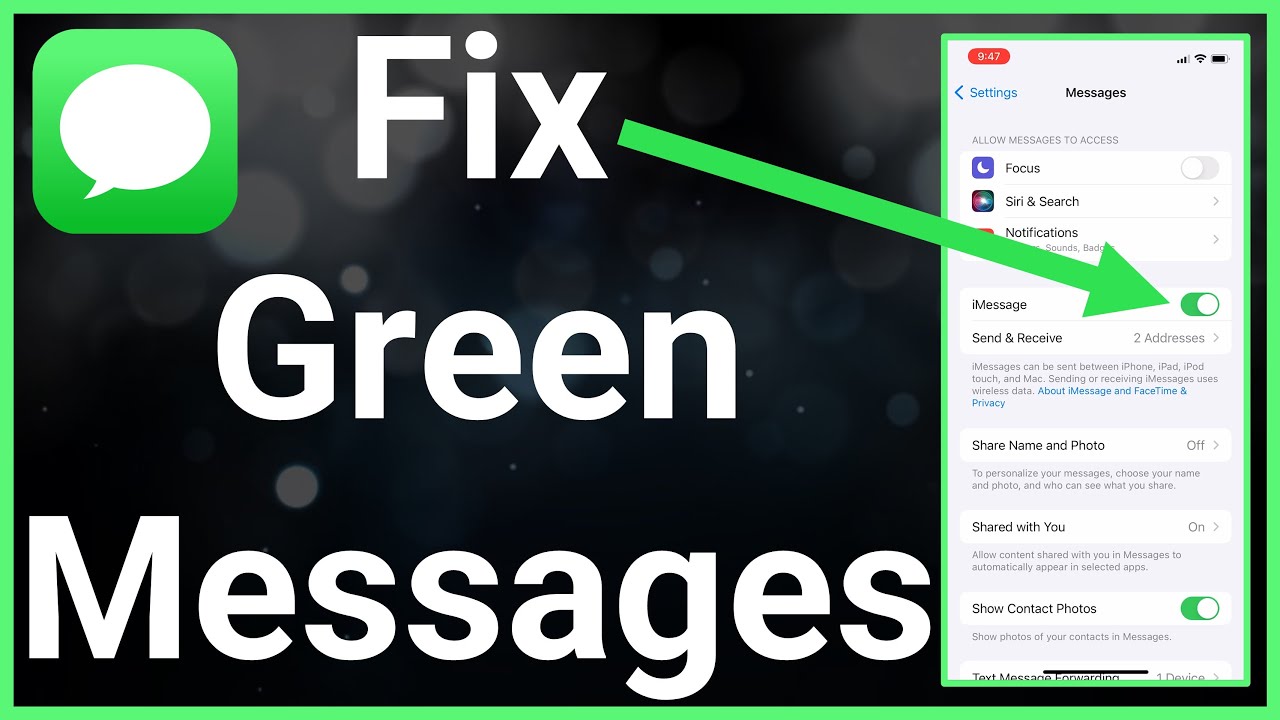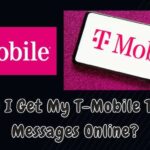If you have received a text message containing a link to mypixmessages.com or see the term “My Pix Messages” on your phone bill, you are interacting with a specialized network service.
My Pix Messages (or mypixmessages.com) is a legitimate, secure, and essential fallback service used primarily by Verizon Wireless (and Verizon-based MVNOs) to ensure the delivery of Multimedia Messages (MMS)—specifically pictures and videos—that could not be delivered directly to your device.
This article clarifies the purpose of this gateway, explains why you receive a link instead of the media file, and provides crucial advice on security and troubleshooting.

Main Body: Why My Pix Messages Appears
The core function of the My Pix Messages gateway is to act as a secure repository for undeliverable media. It is not an app you need to download, nor is it a subscription you pay for.
- The Primary Use: MMS Delivery Failure
When a sender transmits a picture or video to you, the Verizon network attempts a direct push. If this push fails, the content is automatically uploaded to the mypixmessages.com server, and your phone receives a standard SMS text with a unique, secure link to view the media in your web browser.
This happens most commonly due to:
- Mobile Data is Off: MMS messages require a functioning cellular data connection (4G/5G) to download the media file. If you are only connected to Wi-Fi, the message will fail to download and revert to the My Pix Messages link.
- Cross-Platform Issues: Messages sent from an iPhone to an Android phone (or vice-versa), particularly high-resolution videos or photos, often fail the standard MMS handshake. Sending the content via a link ensures compatibility.
- Device Incompatibility: If the media file is too large or the recipient’s older phone cannot handle the file type, the network uses the link as a workaround.
- Is My Pix Messages a Scam? (Security Warning)
The official mypixmessages.com service from Verizon is not a scam. The link sent to you is legitimate and uniquely generated for your phone number. You should never need to enter a password or log in to view a message.
- Phishing Alert: Because this is a known Verizon service, scammers often create fake links to imitation sites (e.g., com). These fake sites will ask you to enter your Verizon password or bank details.
- Safety Rule: If a link asks you to log in to view a picture, it is a phishing scam. The legitimate link works solely with the secure key embedded in the link sent to your device.
Troubleshooting and FAQs
What can I do to stop getting My Pix Messages links?
You cannot disable the My Pix Messages feature, as it is a default network safety feature. To prevent links from being sent:
- Keep Mobile Data On: Ensure your cellular data (4G/5G) is always turned on, even if you are on Wi-Fi. This allows your phone to receive MMS messages directly.
- Ensure Device Compatibility: If communicating with a mixed group (iPhone/Android), encourage senders to use a universal messaging app like WhatsApp or Signal to avoid MMS failures.
Do I need to log into mypixmessages.com to view the media?
No. The legitimate link sent to your phone contains all the necessary security credentials. If any website requires you to enter your Verizon password or other credentials to view the picture or video, do not proceed—it is a fraudulent site attempting to steal your login information.
What is the domain for Verizon’s text-only messages?
Verizon uses a separate gateway for text-only messages (SMS) sent from email:
- Text-Only (SMS): [10-digit-number]@vtext.com
- Multimedia (MMS): [10-digit-number]@mypixmessages.com
Conclusion
My Pix Messages (mypixmessages.com) is the official Verizon Wireless gateway used to deliver pictures and videos when standard text message delivery fails, often due to a lack of mobile data connectivity or cross-platform issues. The service is secure and safe; however, never click on an unexpected link that asks for your login credentials, as this is the telltale sign of a phishing attempt.


